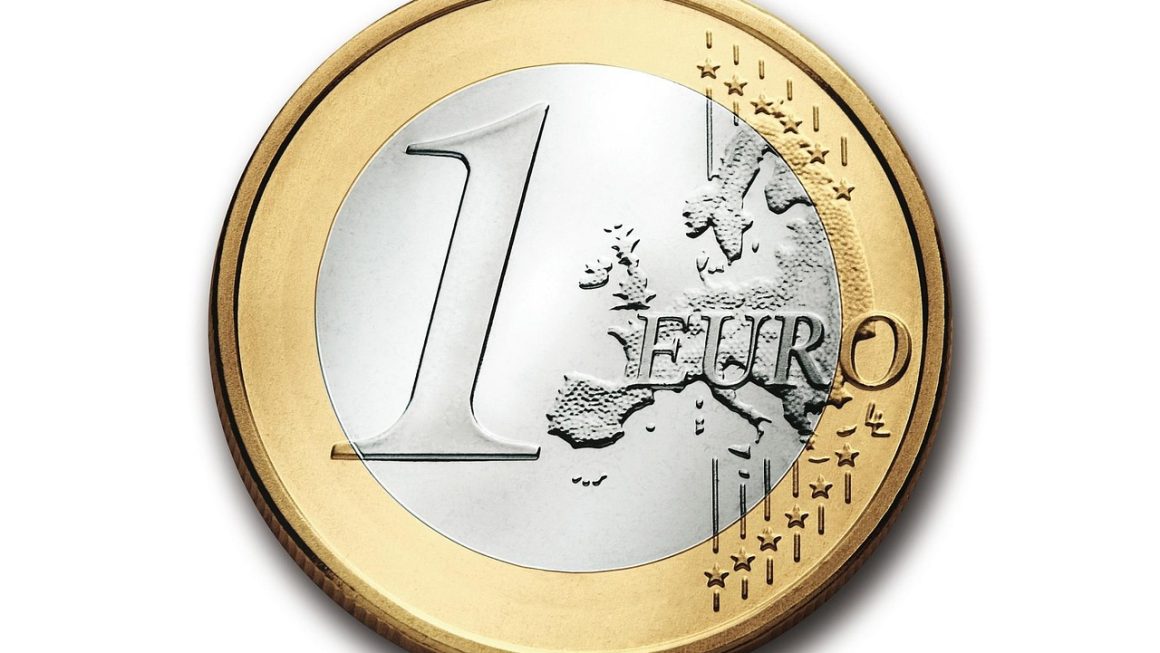Crafting a successful marketing strategy often feels like navigating a complex maze. But what if there was a roadmap to guide potential customers through each stage of their journey, ultimately leading them to become loyal advocates for your brand? This is where the concept of a sales funnel comes in. It’s a visual representation and a strategic framework that helps businesses understand and optimize the customer acquisition process, turning prospects into paying customers and repeat buyers. Let’s dive deep into understanding the sales funnel and how you can leverage it to boost your business’s bottom line.
Understanding the Sales Funnel: A Comprehensive Guide
The sales funnel, also known as the purchase funnel, is a visual representation of the customer journey, from the initial awareness stage to the final purchase and beyond. It illustrates the stages a potential customer goes through before making a purchase decision. Thinking about it as a funnel helps you visualize how many prospects you need at the top to achieve your sales goals at the bottom.
The AIDA Model: The Foundation of the Sales Funnel
The core of the sales funnel is often based on the AIDA model:
- Awareness: The prospect becomes aware of your product or service.
- Interest: The prospect shows interest and starts learning more.
- Desire: The prospect develops a desire for your product or service.
- Action: The prospect takes action and makes a purchase.
While AIDA provides a foundational understanding, many modern sales funnels are more granular, adding stages like consideration, evaluation, and loyalty.
A Modern Sales Funnel Stages: A Deeper Dive
Let’s break down the common stages of a modern sales funnel:
- Awareness: This is the top of the funnel. Potential customers become aware of your brand, product, or service through various channels like:
Social media marketing
Content marketing (blog posts, ebooks, webinars)
Search engine optimization (SEO)
Paid advertising (PPC)
- Interest: Once aware, prospects start showing interest. They might:
Visit your website
Subscribe to your email list
Download a resource
Follow you on social media
- Consideration: Prospects are now actively researching and comparing options. They might:
Read case studies
Watch product demos
Compare pricing
Read reviews
- Decision/Conversion: Prospects are ready to make a decision. They might:
Request a quote
Schedule a demo
Add items to their cart
Proceed to checkout
- Retention: This is crucial for long-term success. Keeping existing customers is significantly cheaper than acquiring new ones. Strategies include:
Excellent customer service
Loyalty programs
Personalized communication
Exclusive offers
- Advocacy: The ultimate goal! Happy customers become advocates, referring new business. Encourage this through:
Referral programs
Review requests
Social sharing incentives
Building Your Sales Funnel: A Step-by-Step Approach
Creating an effective sales funnel requires careful planning and execution. Here’s a step-by-step guide:
Define Your Target Audience
- Identify your ideal customer: Understand their demographics, psychographics, needs, and pain points. This is critical for tailoring your messaging and strategies.
- Create buyer personas: Develop detailed profiles of your ideal customers to guide your marketing efforts.
Map Out the Customer Journey
- Visualize the customer experience: Outline the steps a customer takes from initial awareness to purchase and beyond.
- Identify touchpoints: Determine where and how customers interact with your brand at each stage.
Create Compelling Content for Each Stage
- Awareness: Focus on informative and engaging content that attracts a broad audience.
Example: Blog posts on industry trends, social media updates, and educational videos.
- Interest: Provide more in-depth content that demonstrates the value of your product or service.
Example: Ebooks, webinars, and case studies.
- Consideration: Offer content that helps prospects evaluate your product or service against competitors.
Example: Product comparisons, demos, and free trials.
- Decision: Provide clear and compelling reasons to choose your product or service.
Example: Testimonials, special offers, and guarantees.
- Retention: Keep customers engaged through valuable content, exclusive deals, and excellent customer service.
Example: Newsletters, personalized offers, and loyalty programs.
- Advocacy: Encourage satisfied customers to spread the word about your business.
* Example: Referral programs, review requests, and social sharing incentives.
Choose the Right Channels
- Select the channels that align with your target audience: Consider social media platforms, email marketing, search engines, and other relevant channels.
- Optimize your content for each channel: Tailor your messaging and format to suit the specific platform.
Implement Tracking and Analytics
- Track key metrics: Monitor website traffic, lead generation, conversion rates, and customer retention.
- Use analytics tools: Leverage tools like Google Analytics, HubSpot, and CRM systems to gather data and track performance.
- Analyze data: Identify areas for improvement and optimize your funnel accordingly.
Optimizing Your Sales Funnel: Turning Leads into Customers
Once your sales funnel is in place, it’s crucial to continuously optimize it to improve conversion rates and drive more sales.
Identify Bottlenecks
- Analyze conversion rates at each stage: Pinpoint where prospects are dropping off in the funnel.
- Use analytics tools: Leverage tools like Google Analytics, Mixpanel, and Hotjar to understand user behavior and identify pain points.
A/B Testing
- Experiment with different versions of your content, offers, and calls to action: Test different headlines, images, and layouts to see what resonates best with your audience.
- Use A/B testing tools: Employ tools like Optimizely and Google Optimize to run controlled experiments and track results.
Improve Landing Pages
- Optimize landing pages for conversion: Ensure they are clear, concise, and visually appealing.
- Use strong calls to action: Encourage visitors to take the next step in the funnel.
- Mobile optimization: Verify your landing pages are mobile-friendly.
Enhance Lead Nurturing
- Use email marketing to nurture leads: Send targeted emails based on their behavior and interests.
- Provide valuable content: Offer resources that help leads solve their problems and make informed decisions.
- Personalize your communication: Tailor your messaging to individual leads based on their preferences and needs.
Streamline the Sales Process
- Make it easy for prospects to purchase: Simplify the checkout process and offer multiple payment options.
- Provide excellent customer support: Respond promptly to inquiries and resolve issues quickly.
- Automate repetitive tasks: Use automation tools to streamline the sales process and free up your team’s time.
Sales Funnel Examples: Real-World Applications
To further illustrate the concept, here are some practical examples of sales funnels:
E-commerce Sales Funnel
- Awareness: Social media ads promoting a new product.
- Interest: A user clicks on the ad and visits the product page.
- Consideration: The user reads product reviews and compares it with similar products.
- Decision: The user adds the product to their cart and completes the purchase.
- Retention: The customer receives follow-up emails with exclusive offers and product recommendations.
- Advocacy: The customer leaves a positive review and refers friends.
SaaS Sales Funnel
- Awareness: Blog post on a relevant industry topic.
- Interest: A user clicks on a link in the blog post to visit the SaaS product’s website.
- Consideration: The user signs up for a free trial.
- Decision: The user converts to a paid subscription after the trial period.
- Retention: The customer receives ongoing support and training to maximize their use of the software.
- Advocacy: The customer participates in a case study and recommends the software to colleagues.
Service-Based Business Sales Funnel
- Awareness: A local business runs a Facebook ad campaign targeting a specific demographic.
- Interest: Potential clients visit the website from the Facebook ad to learn more about the service.
- Consideration: Leads download a free guide or ebook offered on the site.
- Decision: After reading the informative guide, they book a free consultation.
- Retention: Service providers stay in touch via newsletters or special promotional offers.
- Advocacy: Happy customers leave Google or Yelp reviews that bring in new business.
Conclusion
The sales funnel is an indispensable tool for businesses of all sizes, offering a structured approach to understanding and optimizing the customer journey. By understanding the different stages, creating compelling content, and continuously optimizing your funnel, you can turn leads into loyal customers and drive sustainable growth for your business. Remember to constantly analyze your results, adapt to changes in the market, and stay focused on providing value to your customers at every step of the way. With a well-defined and optimized sales funnel, you can transform your marketing efforts from a guessing game into a predictable and profitable process.




